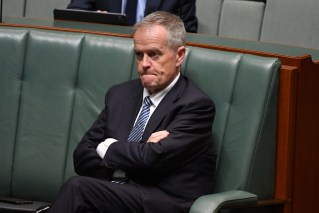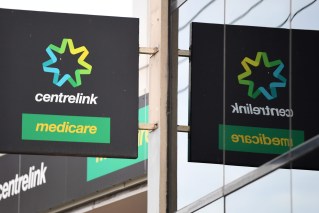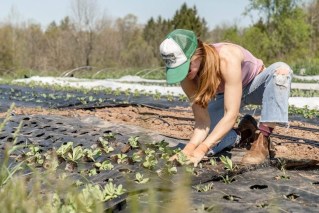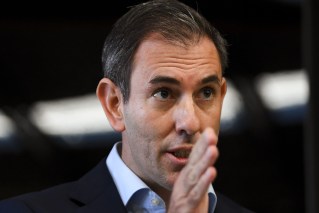How $20b in first-home schemes have helped sellers more than buyers
First home buyer schemes have been found to benefit sellers rather than buyers and only work to pull forward demand, according a peer-reviewed study from the University of NSW.

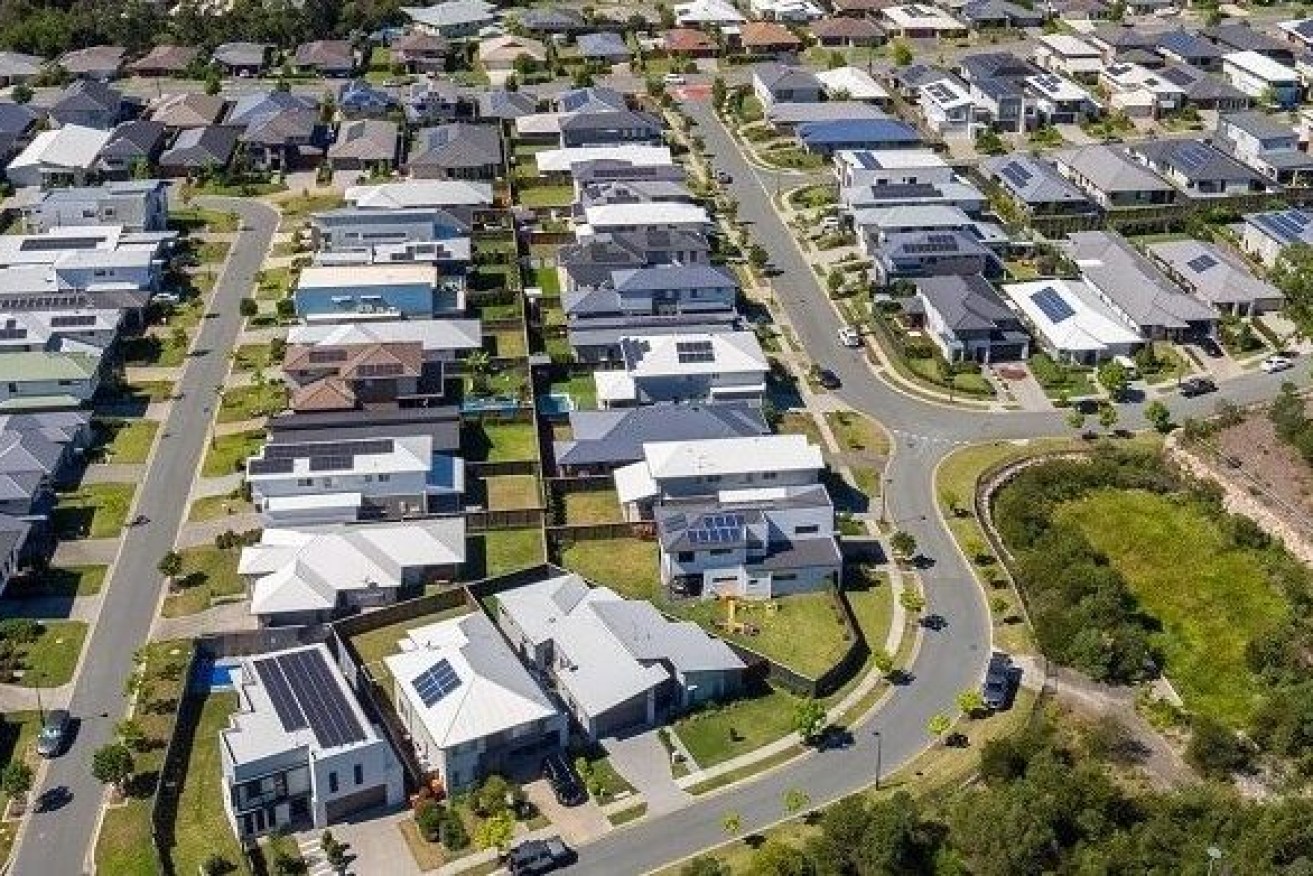
Almost one million more people will be living in Queensland by the time the Olympic Games begin. (Image: AAP)
Governments across Australia have spent millions on first home buyer schemes but the report said the measures “add to demand and hence house prices”.
The issue has been exaggerated by the recent housing boom which has forced many young and aspiring buyers out of the market. Affordability has declined in Australia which has created a wealth gap between older and younger Australians.
The CoreLogic home value index increased 27 per cent between 2020 and March this year as prices boomed and the median dwelling value was 8.5 times the household income level, a record for the series.
The UNSW report said the entire tax and social security system benefitted existing home owners over aspiring homeowners and would need an overhaul if ownership rates were to increase.
It said that in the 10 years to 2021, more than $20.5 billion was spent by governments in stamp duty concessions and cash grants like the Federal Government’s Homebuilder scheme.
“To give this some scale, this sum could have otherwise have funded around 60,000 social housing dwellings as a non-inflationary form of stimulus investment, or alternatively, it could have provided 137,000 share-equity dwellings.
“Even before the economic stimulus response to Covid-19 these forms of assistance were escalating _ up from $1.2 billion to almost $3 billion in the four years from 2016,” the report said.
It said that while economists had frequently said the first home buyer schemes inflated house prices they had been popular with buyers.
“So, too are politicians, seemingly undeterred by their price-stimulating effect,” the report said.
It said that since 1963, when the assistance first started, $36.8 billion had been spent on the schemes. This had been capitalised into houses and most of it in the period from 2000.
The report said there had been a one-sided approach to Australian efforts to help first home buyers and solutions that included increasing the supply of housing were only “very thinly represented”.
“While some currently operational Australian first-home buyer assistance measures benefit recipients without representing unjustifiable and inflationary expenditure, significantly widening home ownership access cannot be achieved without substantial changes to tax and social security policy settings that currently preference existing homeowners over aspiring homeowners.

